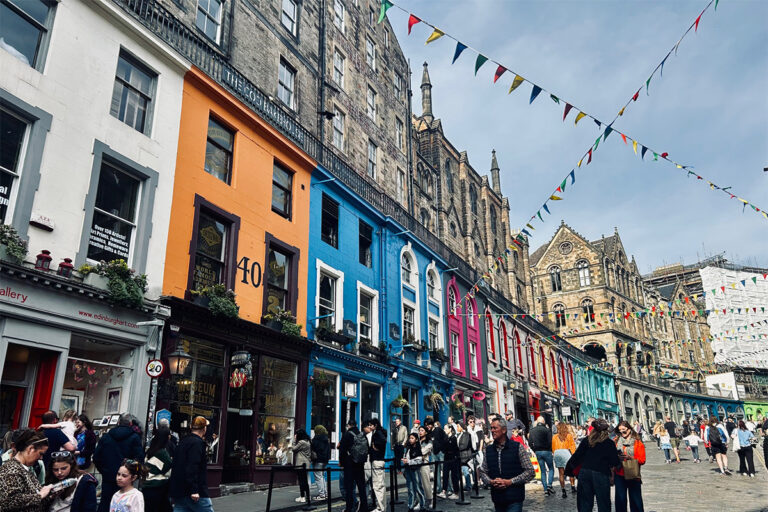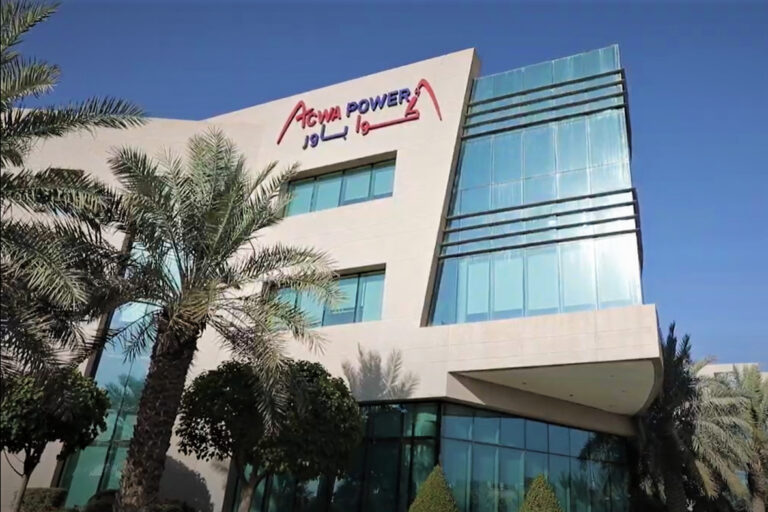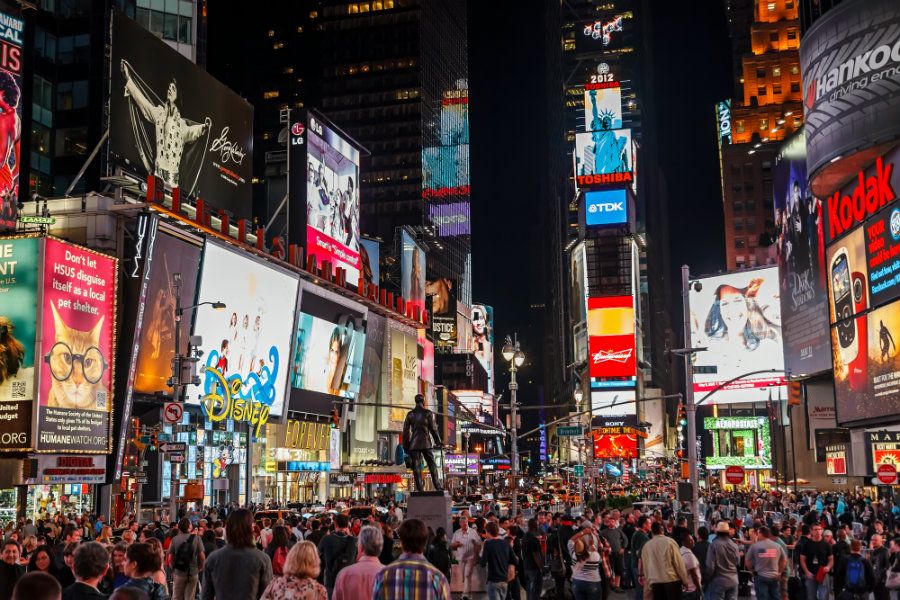
At Marcus Garvey Village, a low-income community in Brooklyn-Queens, electricians have built New York’s first digitalized microgrid, complete with solar photovoltaic panels, a fuel cell and even lithium-ion batteries for energy storage. Installed and managed by Demand Energy, a unit of energy multinational Enel, the grid provides residents of 625 apartments with lower costs and cleaner electricity, while reducing the demand on the local utility and pointing the way toward full energy self-sufficiency for urban communities.
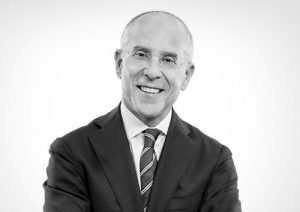
“We need to rethink cities for a new sustainable future,” says Francesco Starace, CEO of Enel. “In a huge, energy-intensive city such as New York, where demand for energy is rising all the time, we have to use new technologies to manage energy production and demand more intelligently, more efficiently and more sustainably.”
For Starace, the key to that more sustainable future lies in urban energy networks that are characterized by two-way distribution grids, in which households not only consume electricity but also produce it from renewable distributed energy systems and deliver it to the grid through storage and electric vehicles. In partnership with Nissan, Enel has emerged as a world leader in vehicle-to-grid (V2G) technology.
“Energy utilities are uniquely positioned to help address some of the world’s biggest challenges.”
Francesco Starace, CEO, Enel
Enel’s strategy of developing innovative, digital services to make cities smarter and more sustainable is shared by increasing numbers of leading multinationals in cities around the world. With the global urban population growing at breakneck pace—from 34% in 1960 to 54% in 2016, according to the World Bank—cities are not only huge markets in their own right but are also key to meeting the U.N.’s Sustainable Development Goals for 2030.
“Rapid urbanization is an excellent opportunity for public-private partnerships to direct investments towards creating more sustainable cities,” says Lise Kingo, CEO and executive director of the United Nations Global Compact.
“Breakthrough innovation holds the potential to launch us into a new economic order.”
Lise Kingo, CEO & Executive Director of the United Nations Global Compact
Michael Bloomberg, the former mayor of New York who now heads the board of the 40 Cities Climate Leadership Group (C40), says that compared to the federal government in Washington, “America’s cities are more nimble, more pragmatic, more responsive to public concerns, and more open to experimentation.”
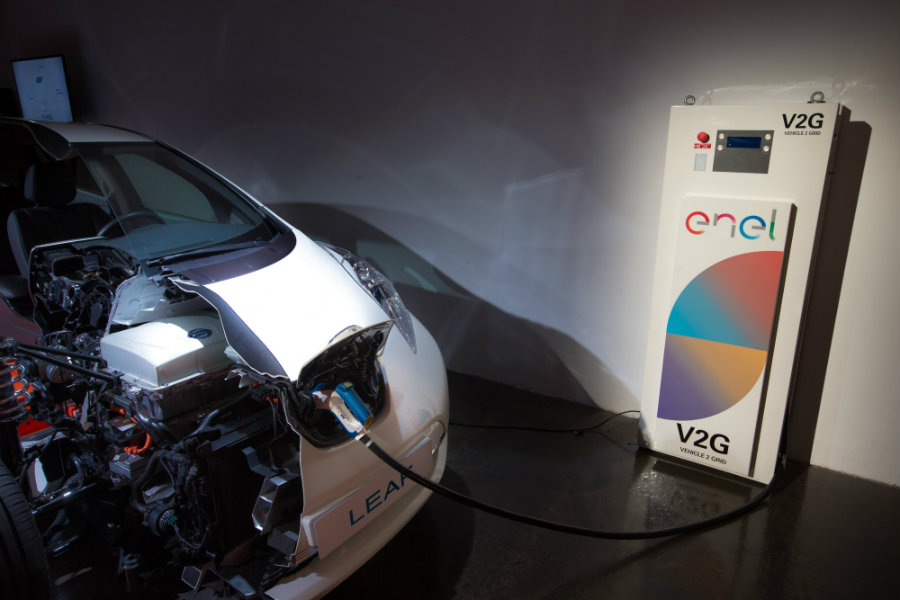
“About two of three Americans live in cities,” Bloomberg adds. “All of those factors make cities ideal change agents. To the extent that we are making any progress as a nation, cities are driving it.”
It is not only in the U.S. that cities and their private sector partners have moved to the frontline of innovation and sustainable development. In Barcelona, car manufacturer SEAT is tapping into one of Europe’s most powerful supercomputers to help plan the way for a new era in urban mobility. This week, the company will be presenting its vision of future city transport at the Smart City Expo.
In the world of work, global software companies such as Citrix are using breakthroughs in connectivity and Cloud computing to transform city workspaces. Meanwhile, authorities in Dubai have put digitalization, innovation and connectivity at the heart of their ambition for making the fast-growing metropolis the happiest in the world![]()
As published in TIME magazine






